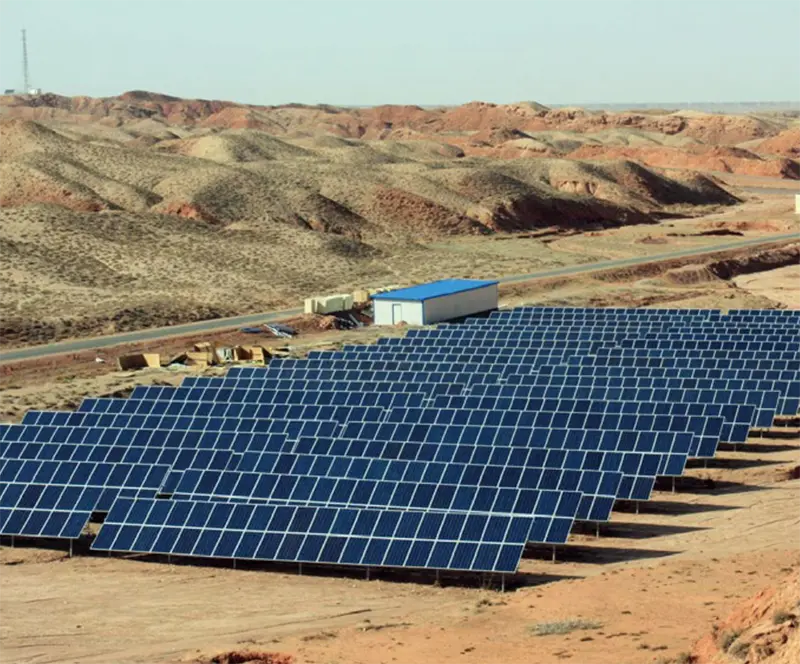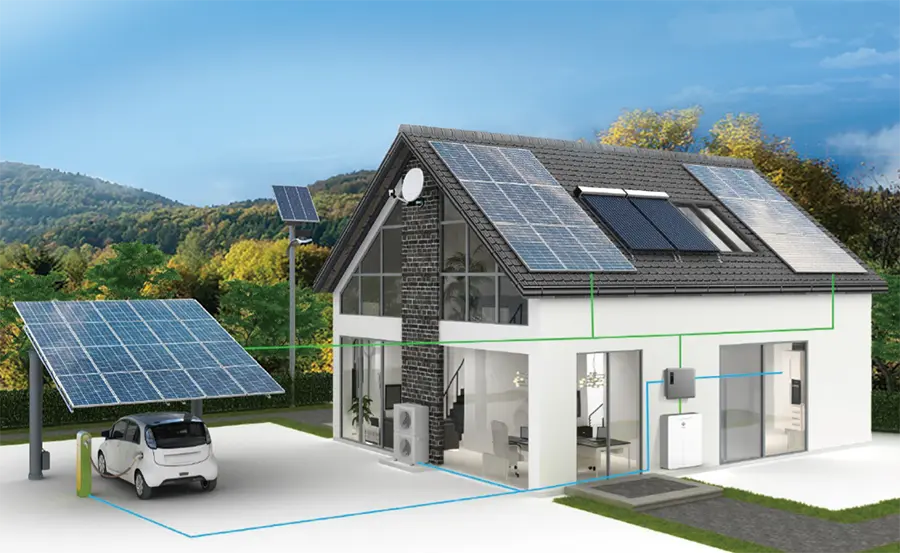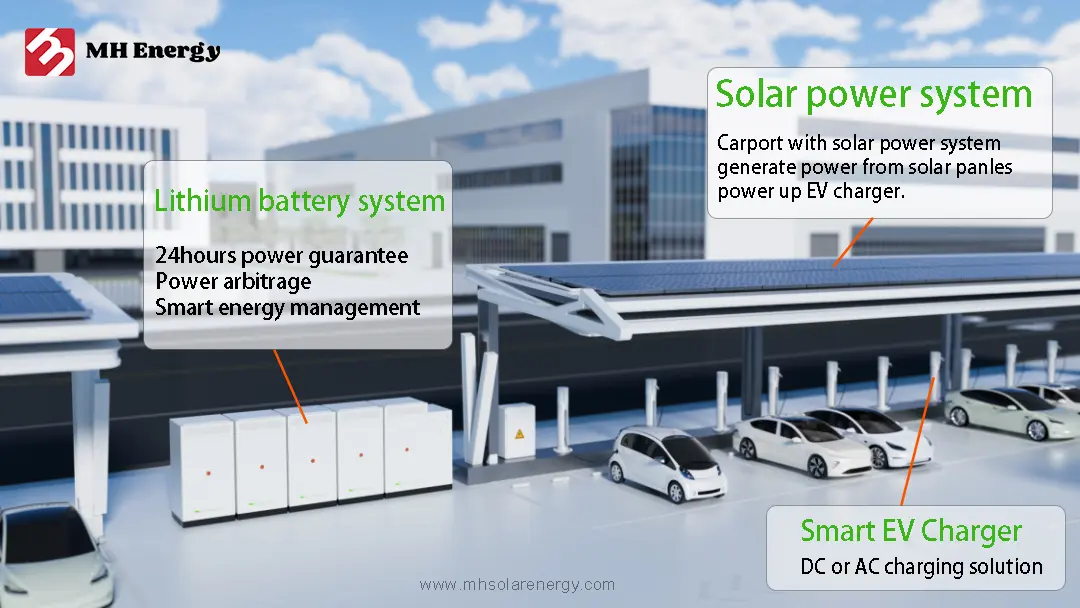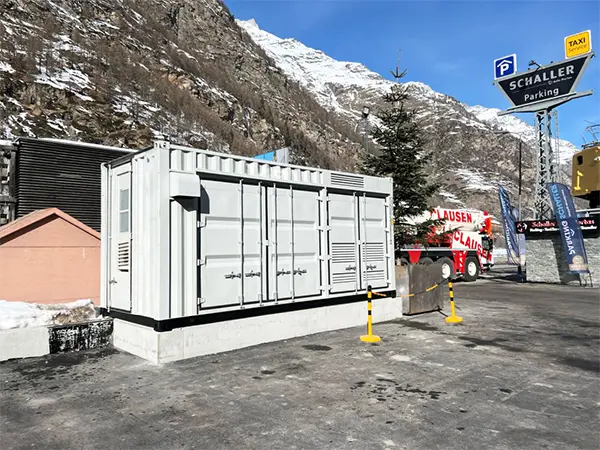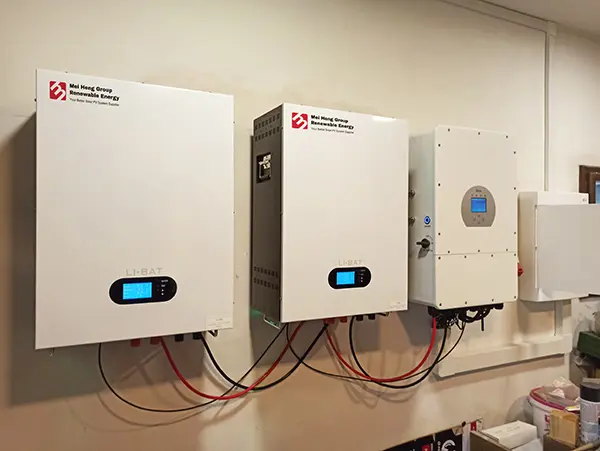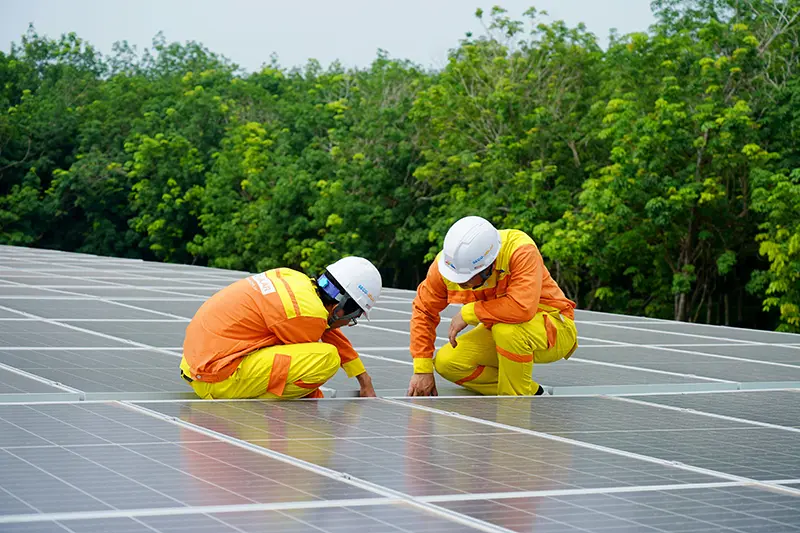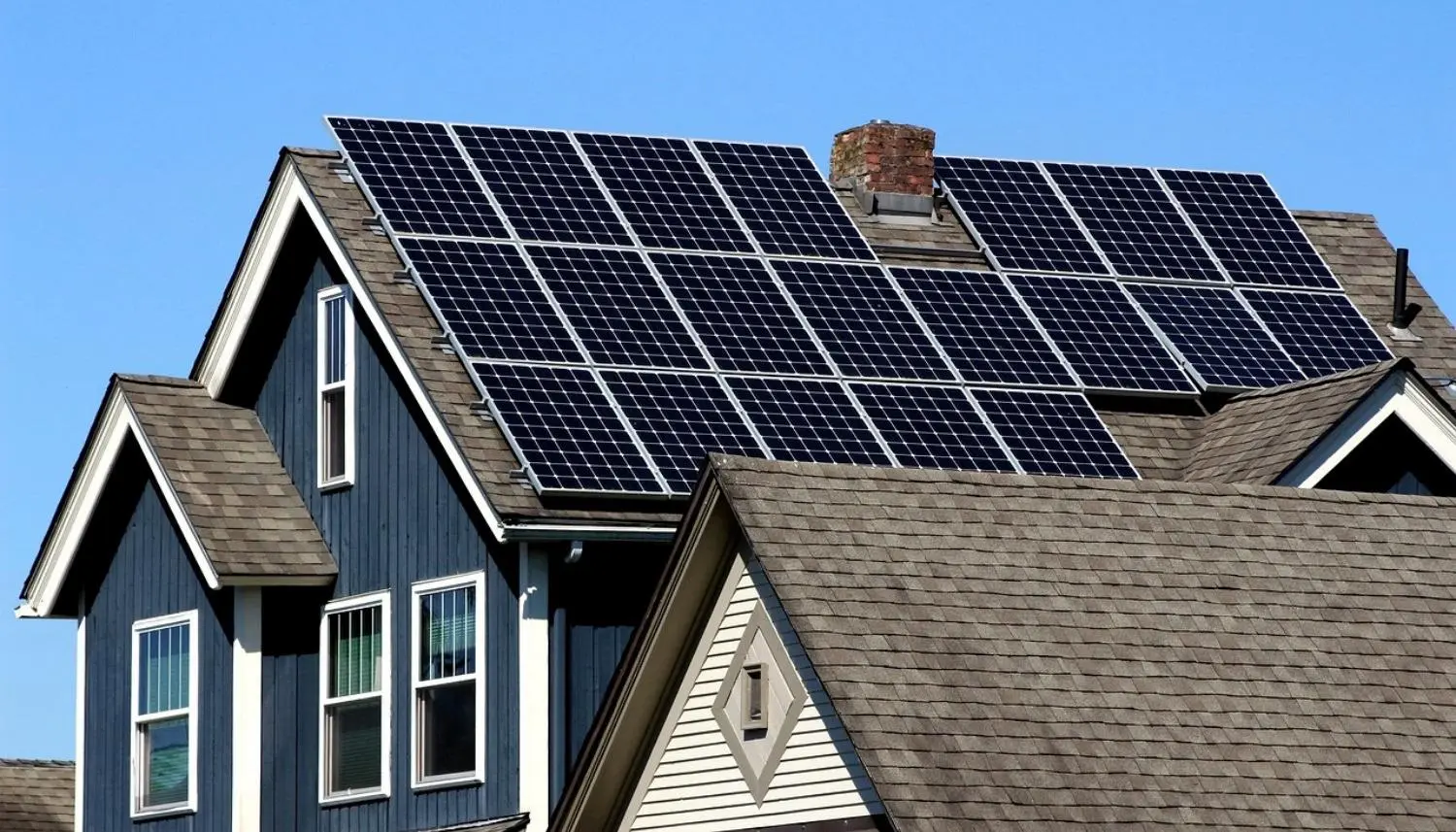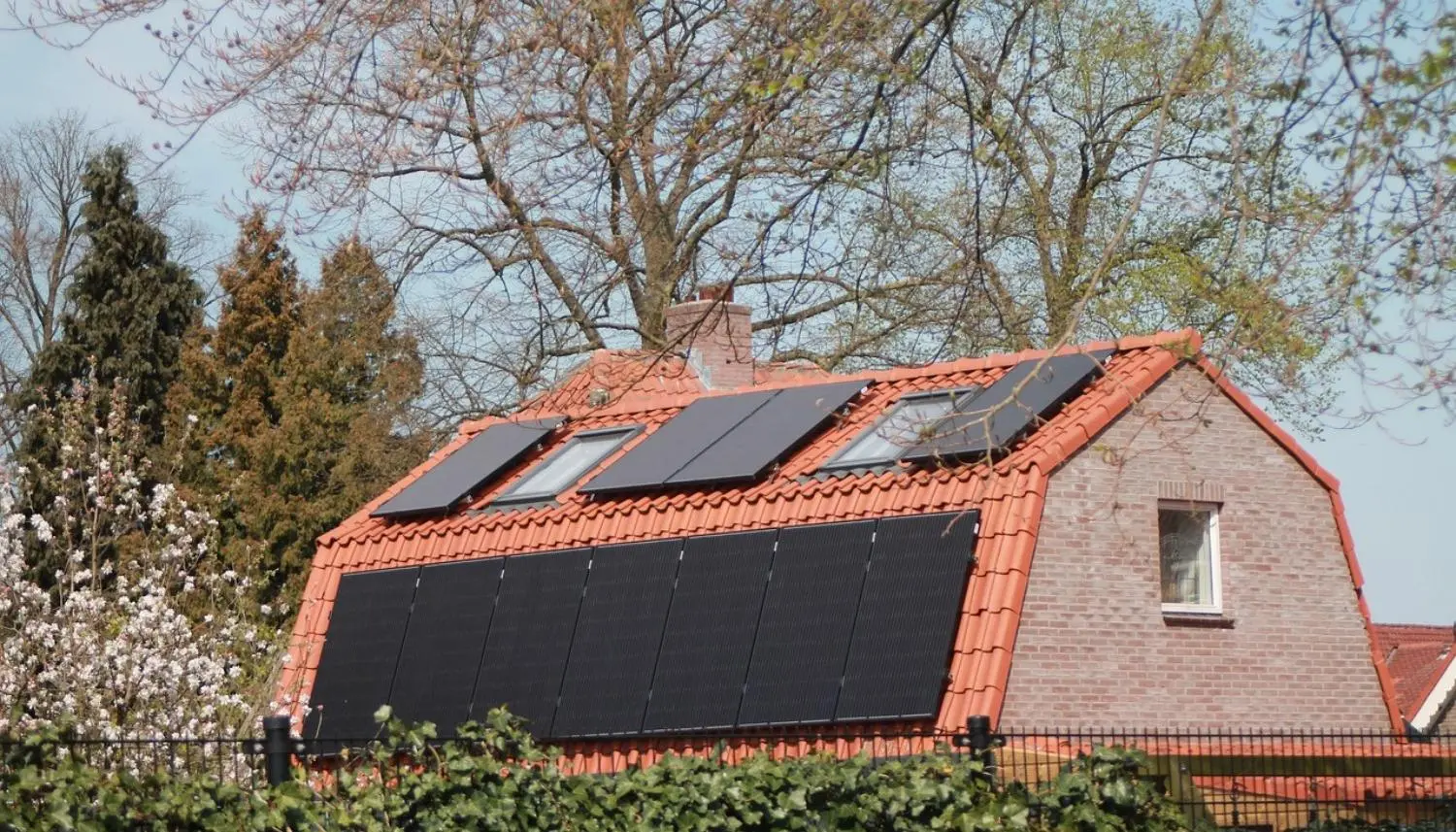What is battery energy storage system?
A Battery Energy Storage System (BESS) is a technology solution that allows for the storage and management of electrical energy generated from various sources, such as Solar Panels, wind turbines, or the electrical grid. The stored energy can then be used at a later time when it is needed. Here’s a more detailed explanation of what a BESS is and how it works:
Components of a Battery Energy Storage System:
1. Battery Cells:
- Lithium-ion Batteries: The most common type, known for their high energy density, long lifespan, and efficiency.
- Lead-acid Batteries: Less expensive but with lower energy density and shorter lifespan.
- Flow Batteries: Suitable for large-scale energy storage with long life cycles.
- Solid-state Batteries: An emerging technology promising higher safety and energy density.
2. Battery Management System (BMS):
- Monitors and manages the state of the battery cells, ensuring they operate within safe parameters.
- Balances the charge among cells to optimize performance and lifespan.
3. Power Conversion System (PCS):
- Includes inverters and rectifiers that convert DC (direct current) from the batteries to AC (alternating current) for use in homes, businesses, or for feeding back into the grid.
4. Energy Management System (EMS):
- Software that controls the charging and discharging of the batteries, optimizing energy use based on demand, availability of Renewable Energy, and electricity prices.
5. Thermal Management System:
- Keeps the batteries at optimal temperatures to ensure efficiency and longevity.
How BESS Works:
1. Charging:
- Energy generated from renewable sources (like solar panels) or the grid is used to charge the batteries. This process is managed by the BMS and EMS to ensure efficiency and safety.
2. Energy Storage:
- The batteries store the electrical energy as chemical energy. The amount of energy stored depends on the capacity of the battery system.
3. Discharging:
- When energy demand is high or during peak hours, the stored energy is converted back to electrical energy through the PCS and supplied to the user or the grid.
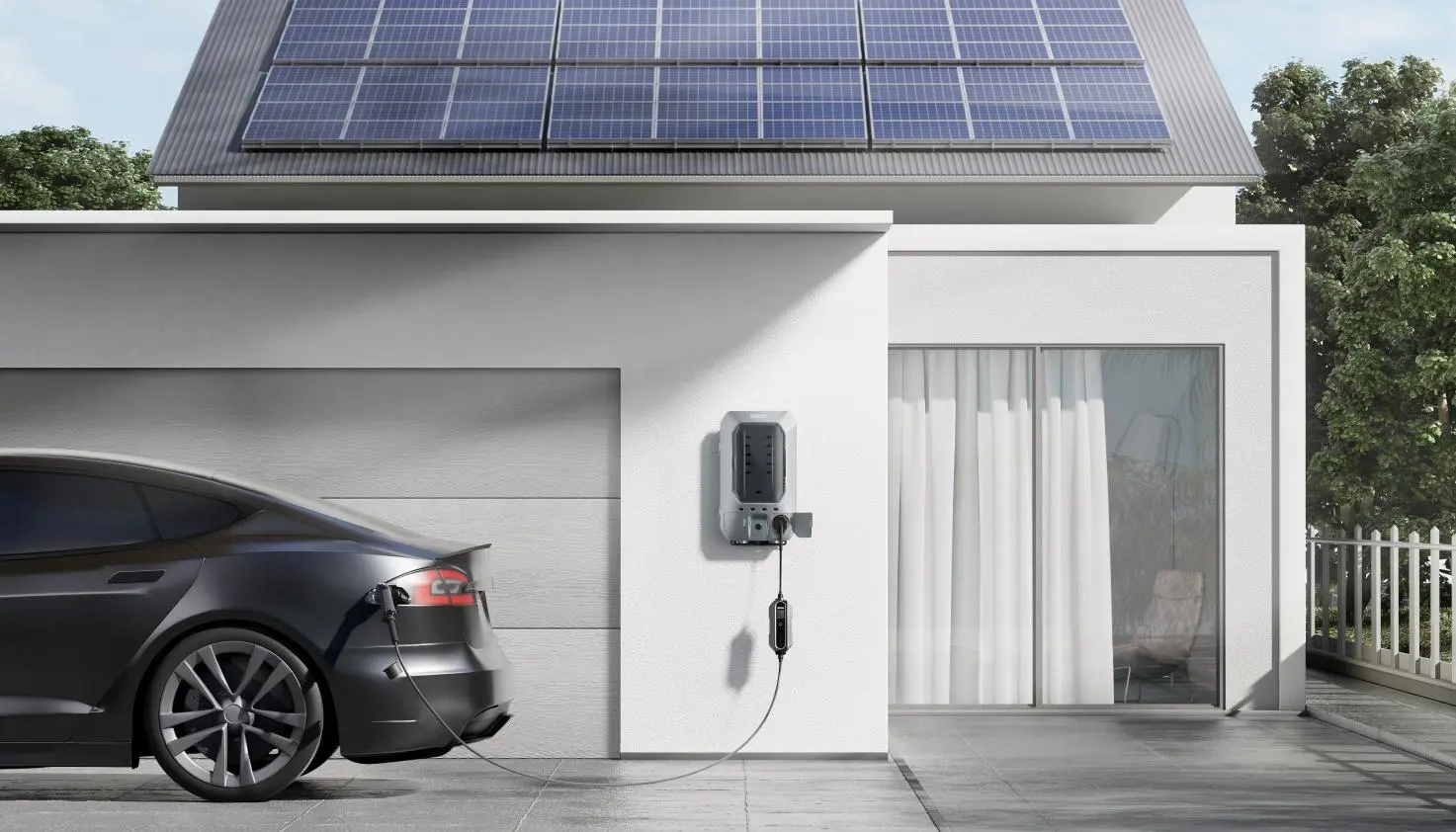
Benefits of BESS:
1. Grid Stability and Reliability:
- BESS can provide backup power during outages and help stabilize the grid by smoothing out fluctuations in energy supply and demand.
2. Energy Cost Savings:
- By storing energy when prices are low (off-peak) and using it when prices are high (peak), users can save on electricity bills.
3. Increased Renewable Energy Utilization:
- BESS enables the storage of excess energy generated from renewable sources, which can be used when the generation is low, thereby maximizing the use of clean energy.
4. Reduced Carbon Footprint:
- By enhancing the efficiency and reliability of renewable energy systems, BESS helps reduce reliance on fossil fuels and lowers greenhouse gas emissions.
5. Energy Independence:
- For homes and businesses, BESS can provide energy security by reducing dependence on the grid, especially in remote or off-grid locations.
Applications of BESS:
1. Residential:
- Homeowners can use BESS to store energy from roofTop Solar panels and ensure a reliable power supply even during grid outages.
2. Commercial and Industrial:
- Businesses can use BESS to manage energy costs, provide backup power, and improve energy efficiency.
3. Utility-Scale:
- Large BESS installations can support grid operations, integrate renewable energy at scale, and provide ancillary services such as frequency regulation and load balancing.
4. Electric Vehicles (EVs):
- BESS technology is also used in EVs to store energy for propulsion and manage charging and discharging cycles.
A Battery Energy Storage System is a versatile and crucial technology for modern energy management, enabling better integration of renewable energy sources, improving grid stability, and providing economic and environmental benefits.


